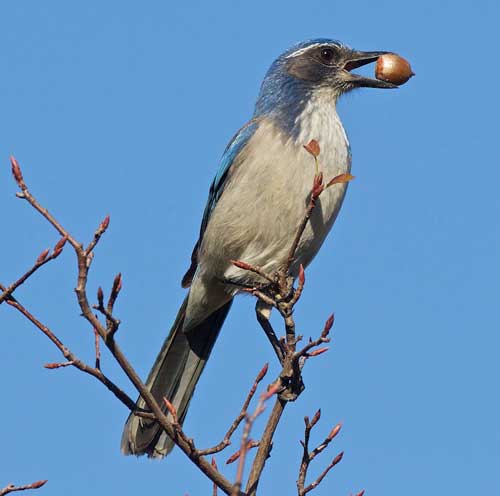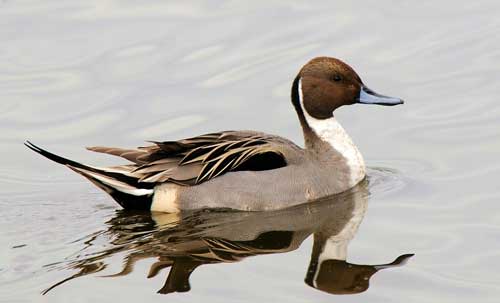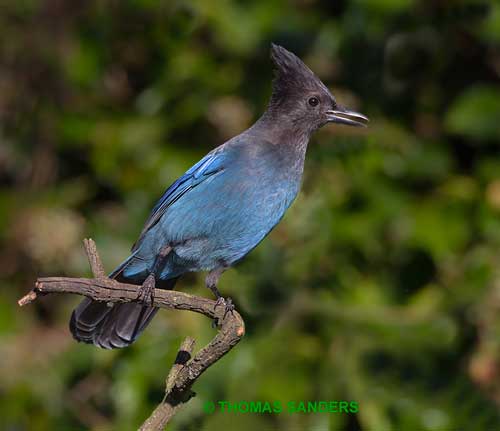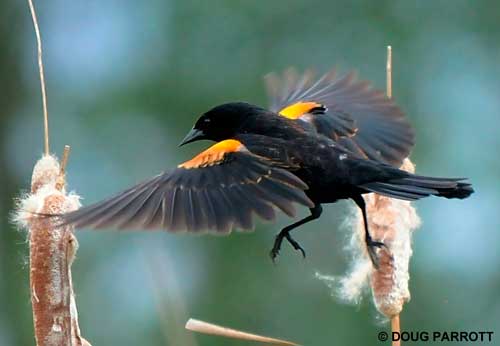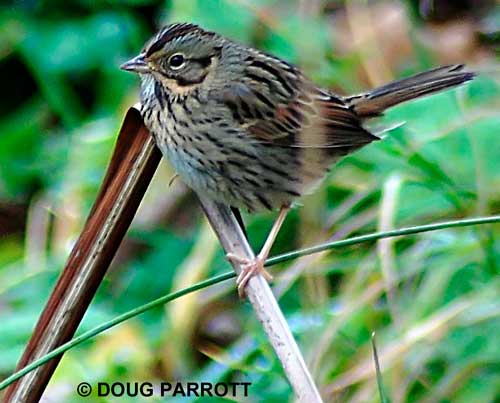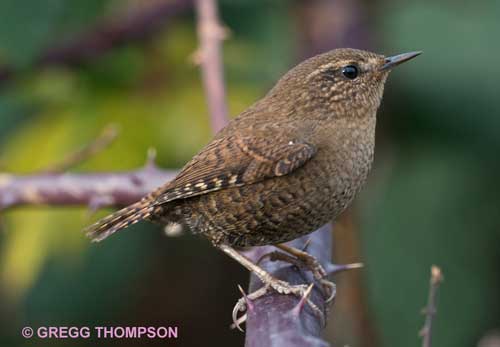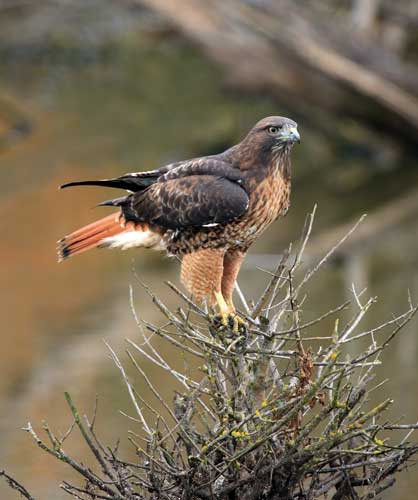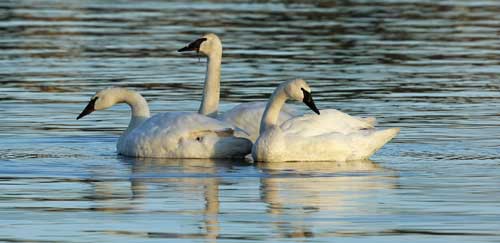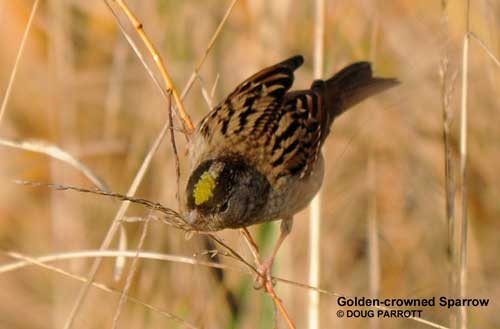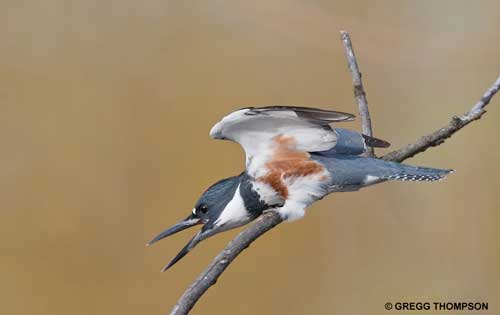In a famous Homer Simpson episode, three of Homer’s co-workers observe him golluping his food at his workstation. One observer says, “God, he eats like a pig.”
Lenny, the loyal but precise friend, replies, “I don’t know. Pigs tend to chew. I’d say he eats more like a duck.”
I have often observed ducks eating at the Fill, and indeed they do gollup their food. So do many other birds. Without any teeth, they have little choice, I suppose. Herons, grebes, gulls, robins — all down their food whole in great gulps.
Not scrub-jays, though. The Western Scrub-jays of the Fill must belong to the upper crust of the avi-kingdom when it comes to fine dining. They have manners. I know because I was privileged to watch one scion yesterday at the Fill who brought an acorn to table.
It must have been a nut cached some six months ago. In the fall, I saw all the scrub-jays busily harvesting acorns from the oak trees scattered throughout the neighborhood. They would take each acorn to a selected place in a lawn or nearby field, place it in the larder so to speak, and cover it up with a leaf. At the time I thought this was pretty stupid. After all, squirrels, rodents, raccoons, and other birds are always on the lookout for an easy meal. What’s to stop them from sniffing out such an ill-hidden cache?
Nevertheless, the scrub-jays are now reaping the rewards. Every day, they unearth a deposit from their nutty caches, fly to a convenient bush, and commence dining. It is a delicate procedure. They begin by carefully wrapping their claws around the acorn. Then they peck precisely at the hull, splitting it in two and creating Acorn on the Half-Shell. They proceed to strip off the rest of the hull, and then they nip off bites of nut. Each bite is fashionably tiny, as though they were politely breaking off a little bit of cucumber sandwich at an English tea.
Between bites, my particular jay exchanged remarks with another jay at the next table…er, I mean bush. The two of them took their time to eat, just as fashionable diners do in the finest restaurants. When at last it had finished, “my” jay wiped its beak fastidiously on a twig and then cast an inquiring look at me. I had been standing dumbly there the whole time, like a waiter ready to bring the next course. My mother would have said I was rude to stare so openly. Perhaps the jay agreed, for when it finally flew off, I did not receive a tip.

